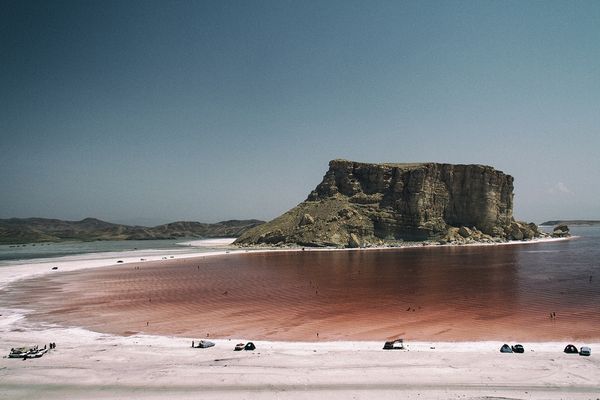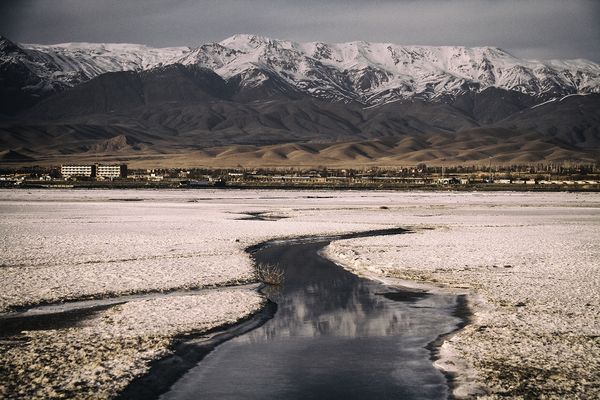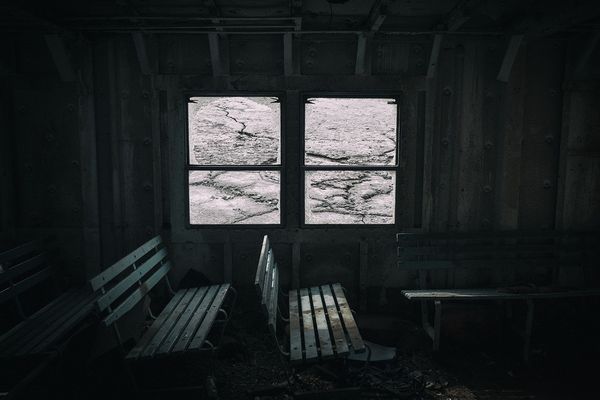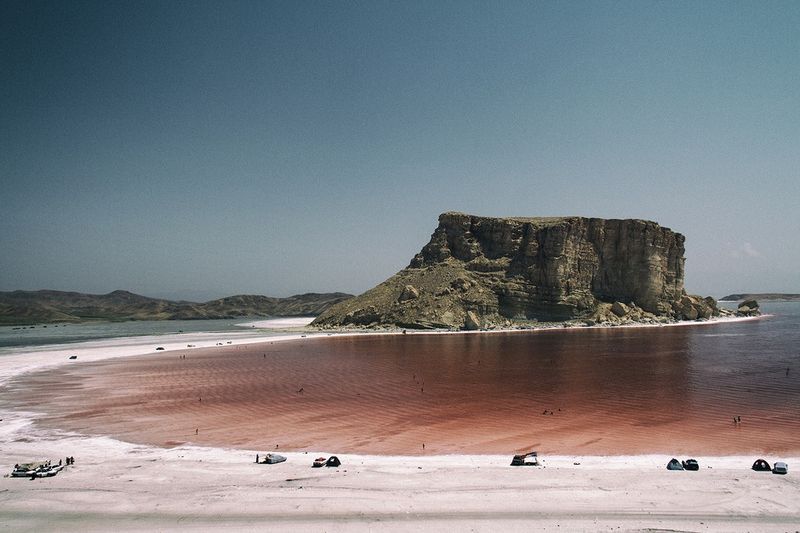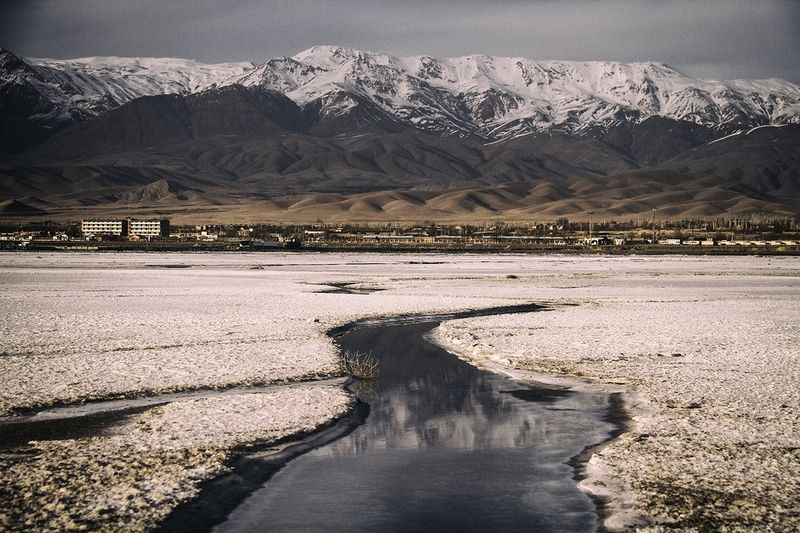The Extinction of Iran's Lake Urmia
-
Published16 Feb 2016
-
Author
Farshid Tighehsaz takes a look at the disappearance of Lake Urmia in north-western Iran, once the planet’s sixth largest permanent saline lake, now just a white, uninhabitable desert.
Farshid Tighehsaz takes a look at the disappearance of Lake Urmia in north-western Iran, once the planet’s sixth largest permanent saline lake, now just a white, uninhabitable desert.
In the north-west of Iran stretches one of its wonders, Lake Urmia. One of the largest salt lakes on Earth, it has shrunk dramatically enough in the past decades to resemble a vast white barren land. "It’s just a desert", photographer Farshid Tighehsaz describes.
Poor agricultural management and a frantic rush for development are responsible for the lake’s desiccation, which represents a loss of nearly 90% of its original surface since the 1970’s. "An estimated 18 million people would be affected by the drought of the lake", Tighehsaz says, "but nobody is taking action. Only recently has the government devised a few restoration ideas, and none have been implemented yet.
© Farshid Tighehsaz, from the series, Pearl of Iran
Tourism has shrunk at the speed of the lake’s, and many locals have left, unable to cope financially with the change of their (economical) landscape. Leisure boats have been wrapped up in plastic for years; houses have lost their windows. “Even hotels are empty now”, Tighehsaz deplores. Scientists have warned of further disasters - desiccation increases the salinity of the lake, which endangers local fauna, as well as the frequency of salt storms, which affects agriculture. Not to mention that poor air, land, and water quality have serious health effects, especially on the respiratory system.
Eager to address these issues, Tighehsaz decided to step away from the apparatus of documentary and recount a personal tale. A native from the neighbouring city of Tabriz, he has fond memories of a time when boats were breaking its sometimes-tumultuous waves and people were diving in its thick water. "I am looking for memories that have never been repeated since the drought."
Tighehsaz particularly remembers the day when, at age 10, he boarded a ferry to visit his father at the hospital. Of that passenger boat, he has a recent photograph - two rusty benches inside a cabin whose windows open on grey mudcracks. "Since I started, I have tried to find a missing moment." His father has died, and the lake’s fate is at stake. The dense red tint of its last megalitres where even brine shrimps have a hard time surviving and the vein-shape of its streams may as well be Urmia Lake’s endmost signs of life.
--------------
Farshid Tighehsaz is a freelance photographer based in Tabriz, Iran. To learn more about his work, visit his PHmuseum profile.
Laurence Cornet is a writer and curator based in Brooklyn focusing on cultural and environmental issues.
